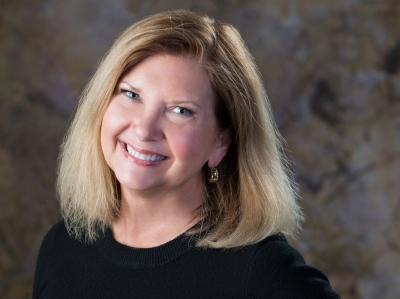Publisher's Note

It’s a simple truism that organizations should strive for diversity in their ranks. It has long been accepted—and supported by many studies over the years—that a variety of backgrounds and points of view helps organizations improve problem solving and become more competitive. The benefits of diversity in the workplace have been clear for quite some time.
Ongoing trends, demographic and otherwise, have only increased its importance. In 2008, the U.S. Census Bureau estimated that today’s racial and ethnic minority groups—those who regard themselves as Latino/Hispanic, African American, Asian, American Indian, Native Hawaiian and Pacific Islander—will become the majority in the United States by 2042. That is a revision of an earlier estimate that projected this demographic shift would take place by 2050.
Meanwhile, as the workplace has become more global in nature, the rise of China, India, Brazil and other developing countries around the world has ensured that success in today’s marketplace is tightly coupled with a company’s ability to adapt to different cultures and ideas. While still the most powerful nation on earth, the U.S. can no longer dictate the terms of the playing field as it did for much of the last century.
There’s a reason that nine out of 10 Fortune 500 companies offer employee affinity groups. For multinationals, the greatest markets for growth are overseas—a fact that Caterpillar has understood for many years. That company’s tremendous success over the last decade has been in large part due to its commitment to diversity.
Here in Peoria, diversity has been essential to maintaining the region’s economic health in the current recession. While manufacturing jobs continued to decline, the healthcare sector has increased twice as fast as the rest of the economy and is now the area’s No. 1 employer. This diversification of jobs—away from reliance on a single employer or industry—has helped us weather the storm, unlike many of the old industrial towns in the Rust Belt.
If the 21st century economy is defined by anything, it is change, change, change, and the rapidity of that change—it’s the one unchanging factor in the equation. The jobs of today are not necessarily the jobs of tomorrow.
“We have talked endlessly about how this region diversified to survive after the recession of the 1980s,” says Heartland Partnership CEO Jim McConoughey. “Now it is time for people to diversify themselves in order to meet the changes that are ahead…As regional leaders, we must encourage those who are out of work to change or add to their skill sets.”
In the investment world, diversification is a given. “Don’t put all your eggs in one basket,” goes the cliché. Anyone who has lost a fortune in tech stocks or real estate—or invested one’s life savings with Bernie Madoff—can grasp that reality.
From one’s personal career path to the balance sheets of corporate giants, diversity isn’t just a buzzword—it’s an asset and a survival tool. iBi

